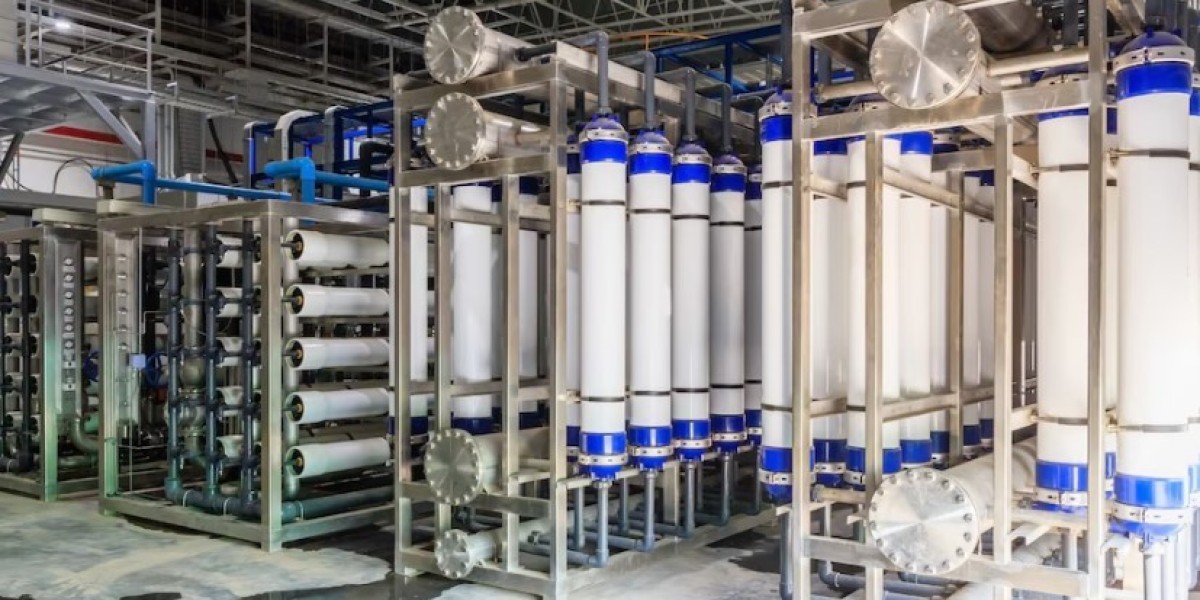Access to clean and safe drinking water is essential for health and well-being. While tap water may appear clean, it often contains hidden impurities such as chlorine, heavy metals, bacteria, and dissolved salts. One of the most effective and trusted solutions to ensure the purity of your water is a reverse osmosis water system. This innovative filtration technology has transformed how we purify water in homes and businesses alike.
What is a Reverse Osmosis Water System?
A reverse osmosis system works by forcing water through a semipermeable membrane, which filters out contaminants at a molecular level. Unlike standard water filters, which may only remove sediment or chlorine, reverse osmosis water systems eliminate up to 99% of harmful substances, including lead, fluoride, arsenic, nitrates, and even some viruses and bacteria.
The process consists of multiple filtration stages. Typically, water first passes through a pre-filter to remove sediment and chlorine. It then moves through the RO membrane, which does the heavy lifting of removing contaminants. Finally, post-filters further polish the water, ensuring it tastes crisp and clean.
Benefits of Installing a Reverse Osmosis System
- Superior Filtration: No other residential water purification method is as thorough as reverse osmosis. It provides water that is nearly pure, making it ideal for drinking, cooking, and even brewing coffee or tea.
- Better Taste and Odor: The system removes substances that affect taste and smell, such as sulfur and chlorine. The result is fresh, delicious water straight from your tap.
- Cost Savings: While the upfront cost may seem significant, a reverse osmosis system quickly pays for itself by eliminating the need for bottled water.
- Eco-Friendly: Reducing your reliance on plastic water bottles helps cut down on waste and pollution, making RO systems a sustainable choice.
- Health Benefits: Removing potentially harmful contaminants from your water protects your health, especially for children, the elderly, and those with weakened immune systems.
Things to Consider Before Installation
- Water Pressure: RO systems work best with adequate water pressure. If your pressure is too low, a booster pump may be required.
- Maintenance: Regular filter changes are essential to keep the system functioning optimally. Most systems require filter replacement every 6–12 months.
- Wastewater: The process produces some wastewater, though newer systems have become more efficient in reducing waste.
Conclusion
Investing in a reverse osmosis water system is a smart move for anyone who values clean, safe, and great-tasting water. Whether you are concerned about specific contaminants or just want to ensure your family’s health, a reverse osmosis system offers peace of mind and tangible benefits. With minimal maintenance and long-term cost savings, it’s a powerful solution that enhances your everyday life—one glass of pure water at a time.



